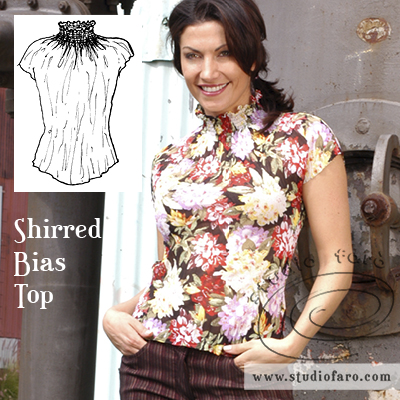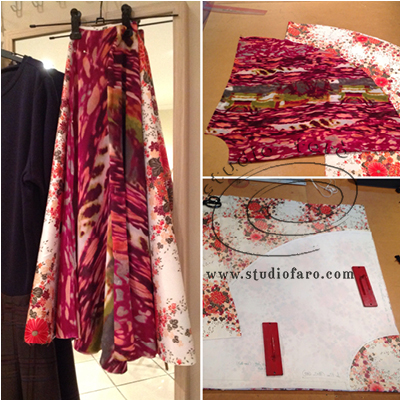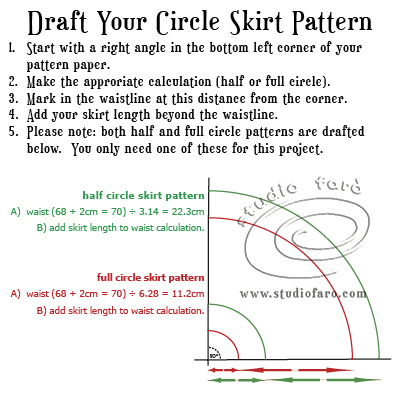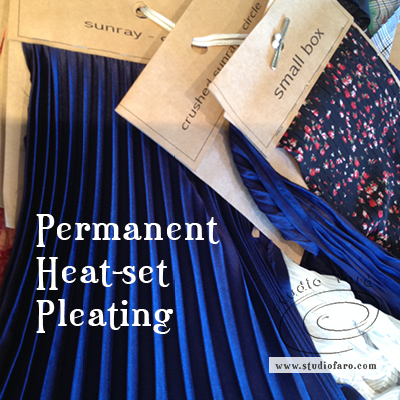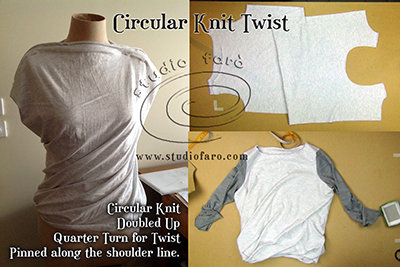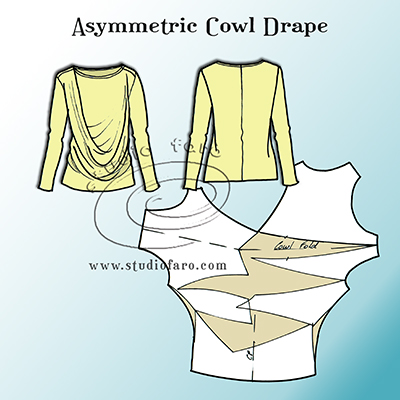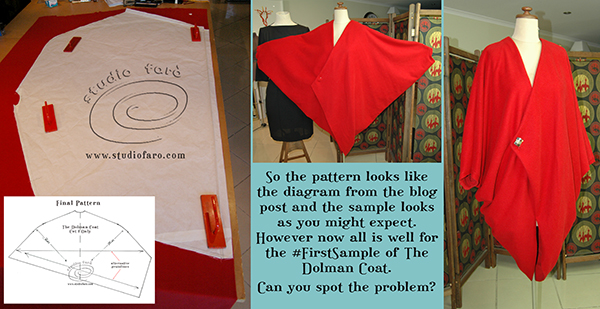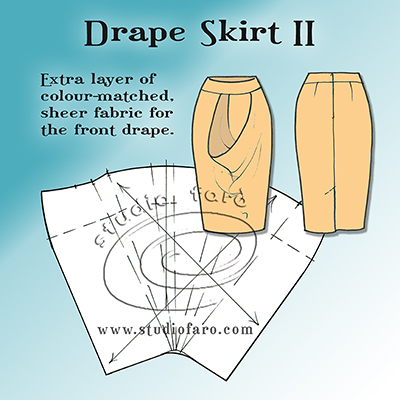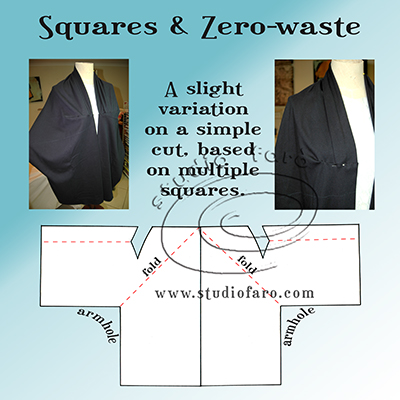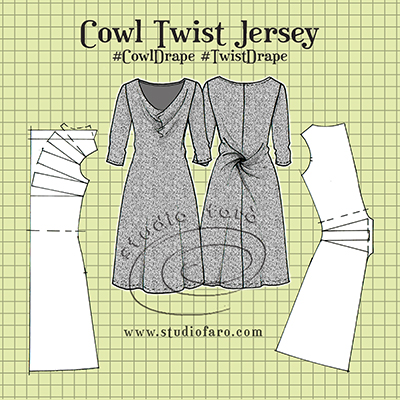22 Jan Garment Pleating – Homage to Issey Miyake
Posted at 13:35h
in Fashion Design, Fashion Industry, Pattern Making Instructions, Pattern Puzzles, Self-draft
0 Comments
While I wait for the local pleating house to finish their summer vacation, I'm moving onto the second phase of the Permanent Pleating Series - Garment Pleating. In this series, I'll be discussing whole garment pleating as originally inspired by the work of Issey Miyake (Pleats Please).
